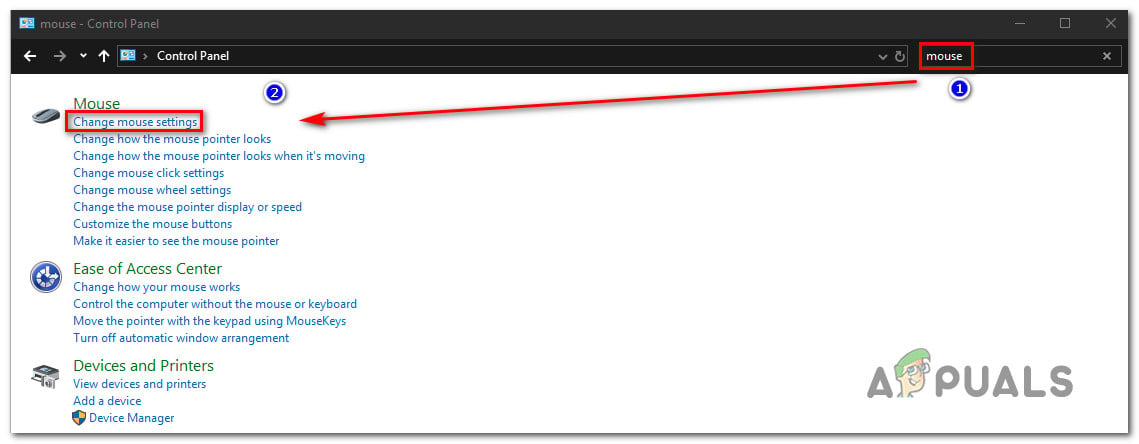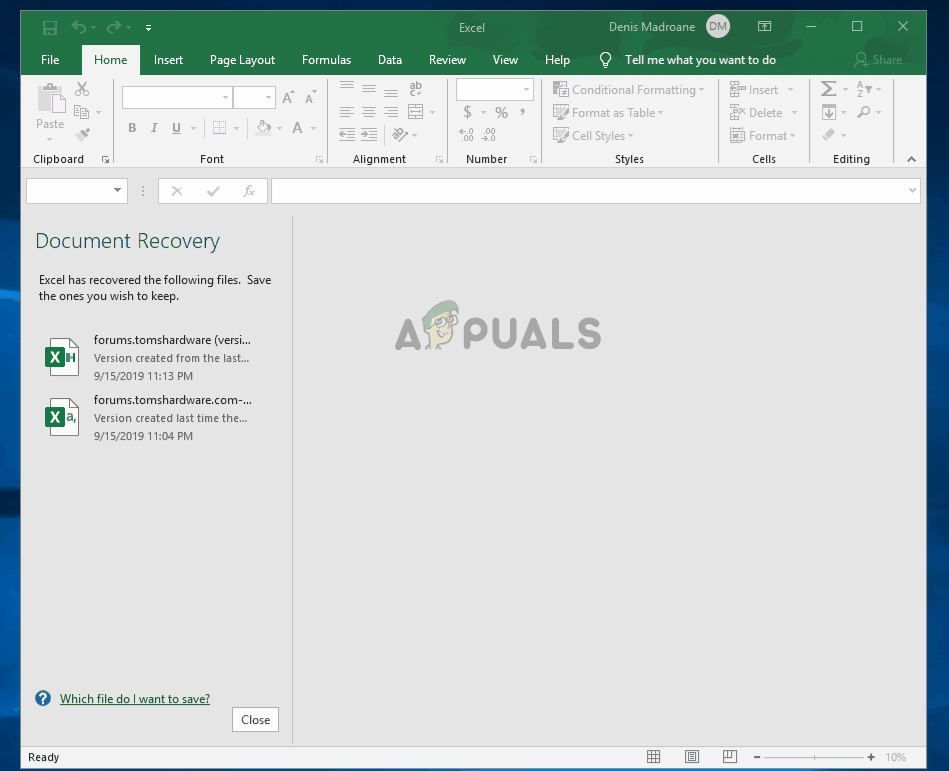How to Fix Mouse Zooming Instead of Scrolling on Windows?
When your mouse zooms instead of scrolling, it often means the Ctrl key is stuck, as holding Ctrl while scrolling causes zooming in most programs. It can also happen because of settings like Excel’s “Zoom on Roll with Intellimouse,” which changes scrolling to zooming.

Other potential causes, such as a misconfiguration of mouse drivers, or accidental changes in mouse settings.
On laptops, a misconfigured touchpad setting like Pinch to Zoom can also lead to this issue.
In this article, we will discuss different solutions to solve this issue.
1. Testing for stuck CTRL key
A stuck Ctrl key might be causing your mouse to zoom instead of scroll. This happens because holding Ctrl while scrolling triggers zooming. To check if the Ctrl key is stuck, use the On-Screen Keyboard. If it is stuck, try releasing the key or tapping it a few times to fix the issue and return to normal scrolling.
- Press Windows key + R, type ‘osk’, and press Enter to open the On-Screen Keyboard.

Opening the On-Screen Keyboard utility - Check if the Ctrl keys appear pressed on the On-Screen Keyboard (they will be colored blue), indicating a stuck key.

Dealing with a stuck Ctrl key - If the Ctrl key is stuck, press it a few times to release it. If that fails, you may need to replace the keyboard to fix the zooming issue.
2. Disabling Pinch Zoom
If you’re using the Synaptics driver for your mouse, you might experience this zooming problem because of a feature called Pinch to Zoom. If this feature is already disabled and you still encounter the issue on a laptop, it might happen while scrolling with a mouse. Several users have reported that the unwanted zooming stopped after they went to the Synaptics Properties screen and disabled Pinch to Zoom.
- Press Windows key + R to open the Run dialog. Type “control” and press Enter to open the classic Control Panel.

Running Control Panel - In the Control Panel, use the top-right search box to find ‘mouse’. Click on Change mouse settings from the results.

Accessing the Change mouse settings menu - In Mouse Properties, go to the last tab (likely Device Settings) and click Options to open Synaptics settings.
- In the Properties for Synaptics, select Pinch Zoom on the left, then untick Enable Pinch Zoom on the right.

Disabling Pinch Zoom from the Synaptics tool menu - Restart your computer and check if the issue is resolved.
If the same issue is still occurring or this method didn’t apply to your particular scenario, move down to the next method below.
3. Disable Zoom on Roll with Intellimouse
If your mouse only zooms while using Excel, the “Zoom on Roll with Intellimouse” feature is likely causing the issue. This setting makes the scroll wheel zoom instead of scroll. Disabling this option will revert the scroll wheel to its default behavior, stopping the unexpected zooming.
- Open Microsoft Excel and go to the File menu from the ribbon bar at the top.
- In the File menu, find and click on Options at the bottom-left corner.
- In the Excel Options menu, select the Advanced tab on the left.
Note: For older Excel versions, select the Editing tab. - On the right-side pane, uncheck Zoom on roll with IntelliMouse.
- Click OK to save changes. Restart your computer and check if the issue is resolved.






